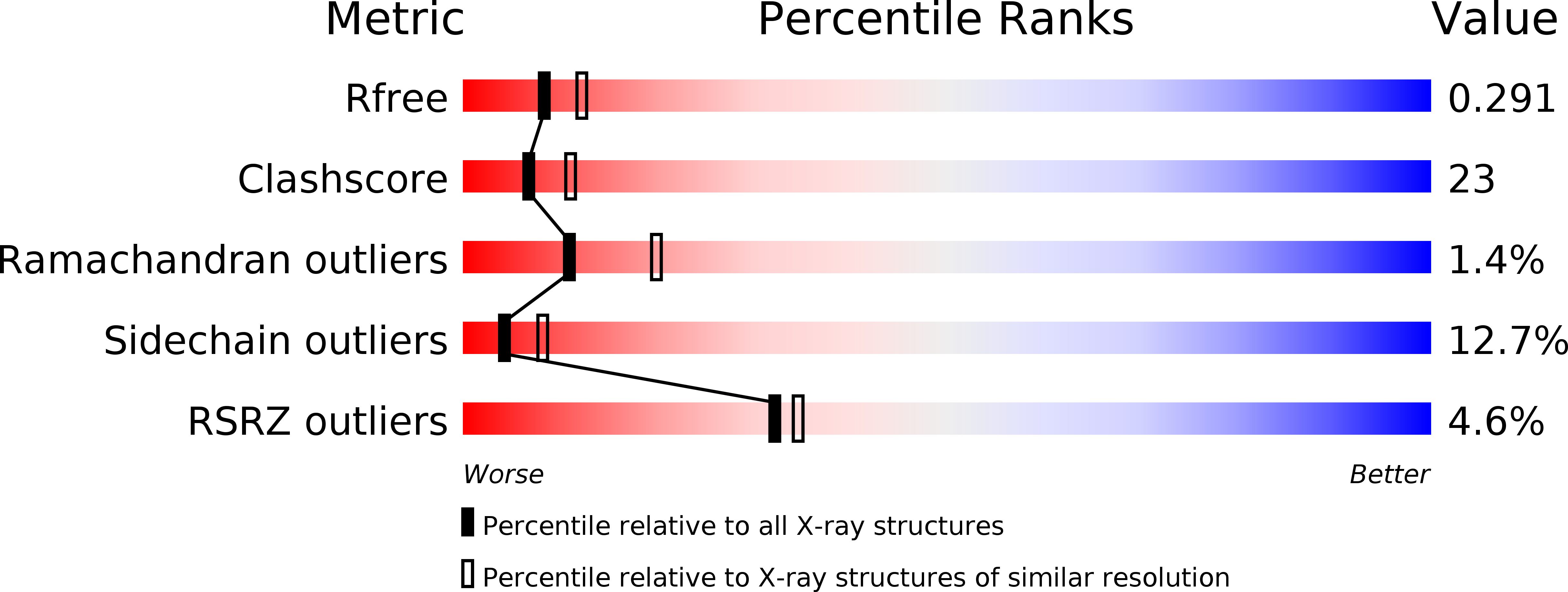
Deposition Date
2002-12-12
Release Date
2003-02-01
Last Version Date
2024-10-23
Entry Detail
PDB ID:
1O9B
Keywords:
Title:
QUINATE/SHIKIMATE DEHYDROGENASE YDIB COMPLEXED WITH NADH
Biological Source:
Source Organism:
ESCHERICHIA COLI (Taxon ID: 562)
Host Organism:
Method Details:
Experimental Method:
Resolution:
2.50 Å
R-Value Free:
0.29
R-Value Work:
0.22
R-Value Observed:
0.22
Space Group:
P 64


